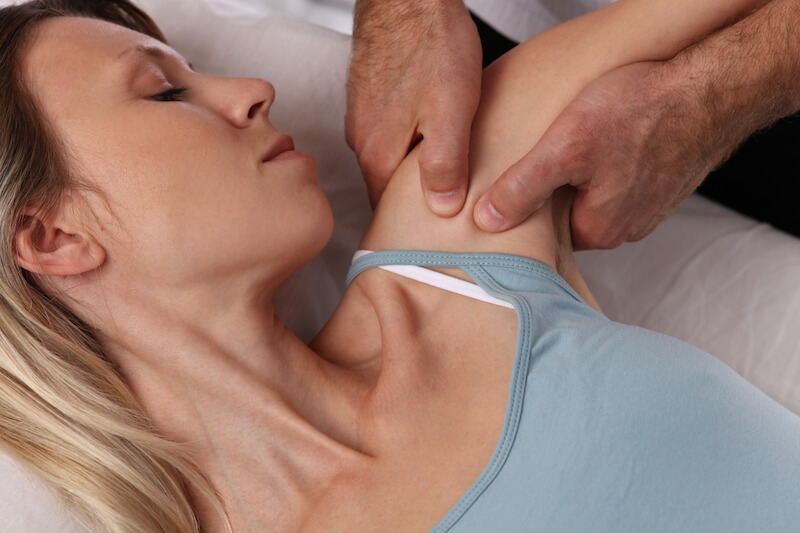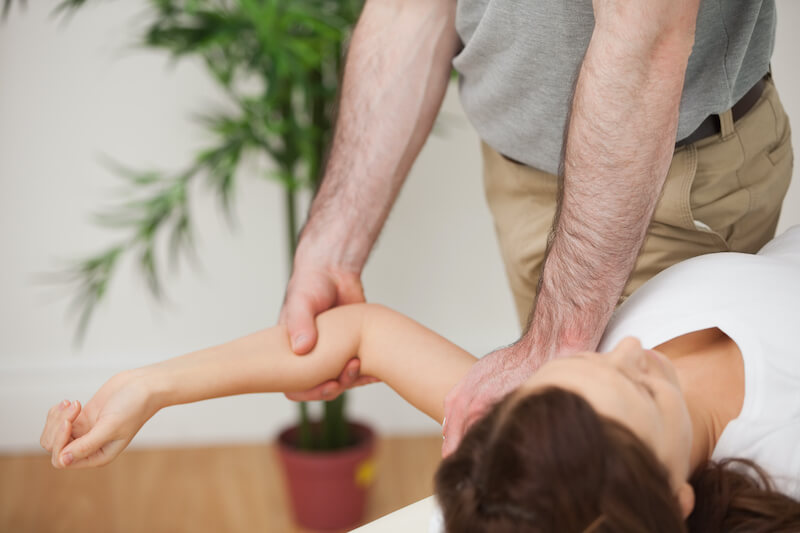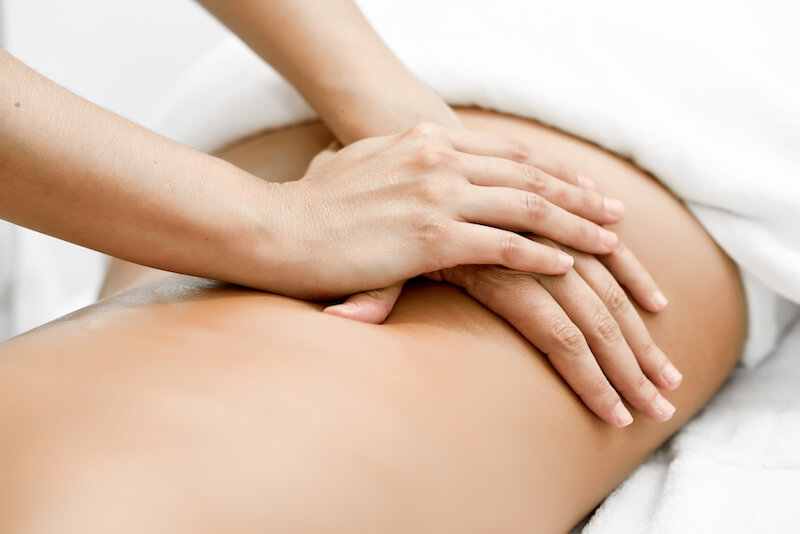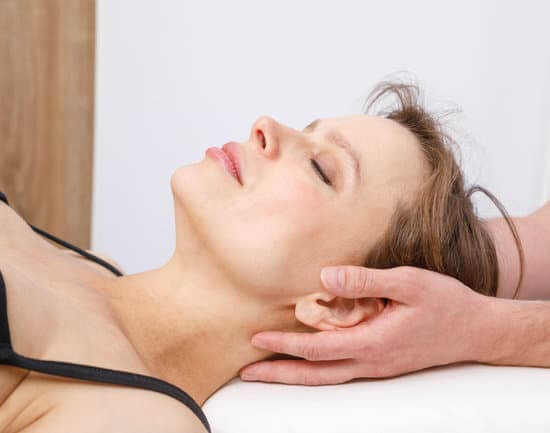OSTEOPATHY
What is Osteopathy?
Osteopaths, or manual osteopaths understand that the body has an innate ability to self-regulate and self-heal. Through manual therapies, the goal is to release and unwind tension and discomfort that will allow this natural process of healing to occur. A non-invasive practice, it works to align all components of the body including the nervous, lymphatic, and circulatory systems to maximize health.The Philosophy behind Osteopathy?
The underlying philosophy of osteopathy consists of several principles, one of which is that the body is composed of interrelated systems, none of which function independently. Emphasis is placed on the concept that the body is continually working to manage the effects of internal and external environments humans are exposed to. The belief is held that despite pain or illness being felt in a specific part of the body, if studied carefully, the effects can be felt (and thus treated) to some degree throughout the entire body.Manual osteopaths assess the musculoskeletal structure of the body in great detail with the understanding that our muscles, ligaments, bones, and connective tissue can be treated to facilitate the recalibration of our internal systems.
How Can You Benefit from Osteopathy?
Osteopathy can benefit those who are seeking a true ‘whole-body’ approach to wellness. The goal of the practitioner is to assist in realigning the body’s varied systems in order to promote self-healing and allow the body to once again self-regulate:- Lessen chronic pain and the increase range of motion in joints
- Assist with body’s response to hormonal changes during pregnancy
- Improve muscle flexibility and resilience to speed up recovery and prevent injury
- Improve fluid flow in vascular and lymphatic systems
- Reduce blood pressure and decrease inflammatory response
- Assess and determine underlying causes of pain
- Postural alignment issues due to pregnancy, sports injury, driving or work strain
- Muscle tension
- Sleep apnea
- Arthritis
- Digestive and nervous system issues
- Headaches
- Back pain
Why Choose Our Osteopaths?
By looking at the body holistically, Nexus osteopaths assess how one part out of alignment in your body may be affecting other aspects, from muscle pain, visceral pain, and even emotional and psychological symptoms.
Our osteopaths are evidence-based practitioners and approach patient sessions through a multi-faceted system. Nexus osteopaths are proficient in soft tissue manipulation, but also use muscle energy, myofascial release, and other proven methods to ensure you’re receiving the detailed care you’re seeking.
All of our manual osteopaths participate in continuing education to stay abreast of the most recent medical research, share case studies and increase skill sets to remain at the top of their field.
You can rest easy knowing we’ll always have your best interest in mind. At Nexus Massage & Rehab your optimal health is our top priority.
What to Expect during your Initial Osteopathic Appointment?
Assessment
1) Health History - Your first appointment will last approximately 60 minutes. To begin, your manual osteopath will ask pertinent questions about the reason for your visit, your general health and any medical conditions and medications that may have an impact on your proposed treatment plan. This information is confidential and will be recorded in the osteopath’s notes, much like you would expect at a visit to your family doctor.
2) Physical Examination - Next, the osteopath will conduct a physical examination. Depending on the location of the pain or concern, you may be asked to remove some of your clothing in order to properly examine the areas affected. You will be asked to gently move and stretch so that your osteopath can observe posture and mobility. Pain or stiffness may be experienced in one area of your body, but due to your body’s connective structure, the actual root problem may be located elsewhere. Stretching and moving allows your manual osteopath to pick up on visual cues eliciting from your body. Your body’s joints, tissue and ligaments will also be examined to assess their health.
3) Treatment Plan - The osteopath will then discuss the goals of the custom treatment plan to ensure you fully understand their proposed treatment, agree with what can be achieved and learn how many treatment sessions you are likely to require in order to see a noticeable improvement in your well-being.

What types of Osteopathic treatments do we offer?
Soft Tissue Manipulation
By palpating and physically exploring both the surface and deep tissues of the body with their hands, the manual osteopath will be looking to gather feedback from the surfaces of the body. This process is sometimes called ‘listening’, which refers to the osteopath’s role in meticulously observing detailed qualities in the nature of the body’s tissue such as density, stiffness, loss of resilience and motility that will lead to insights regarding the symptoms you are experiencing.

Muscle Energy
In this technique, you’ll be asked to move your muscles in a specific direction while the osteopath counters that movement. This can be thought of as a ‘push-pull’ movement.

Myofascial Release
Your manual osteopath may use firm but gentle pressure to release tension in the fascia, which is the layer of connective tissue that surrounds your bones, muscles, and organs.

Visceral Manipulation
This technique assists with functional and structural imbalances throughout the body including musculoskeletal, vascular, nervous, urogenital, respiratory, digestive and lymphatic dysfunction. It evaluates and treats the dynamics of motion and suspension in relation to organs, membranes, fascia and ligaments. Visceral manipulation increases proprioceptive communication. This type of communication is defined as the sense of ‘self-movement’ and body position, and is related to the function of the central nervous system.

OSTEOPATHY

- 15 Min Consultation - FREE
- Initial Assessment - $140 + HST
- 45 Min Follow-Up - $115 + HST
- 60 Min Follow-Up - $140 + HST
- BEFORE BOOKING
- Please confirm with your insurance company if they cover ACMA (Canadian Alliance of Alternative Medicine) for manual osteopathy. We are not liable for uncovered claims.
- *Osteopathy may not qualify for Direct Billing for some insurances.
Modalities
Cranial Sacral Therapy
This type of therapy uses gentle hand pressure to manipulate the skeleton and connective tissues, especially the skull and sacrum (the large, triangular bone at the base of the spinal column). Cranial osteopathy is based on the fact that the central nervous system, including the brain and spinal cord, has subtle, rhythmic pulsations that are vital to health and can be detected and modified by a skilled practitioner. Your osteopath will apply soft pressure to your skull to stimulate healing.

Meet our Osteopaths

What are people saying about our Osteopaths?

Frequently Answered Questions about Osteopathy
Is Manual Osteopathic treatment painful?
Is an osteopath the same as an osteopathic physician?
What does a typical osteopathy treatment involve?
Why should I see an Osteopath?
How many sessions do I need to see results?
Nexus osteopaths will propose a treatment plan to meet the patient’s needs, although this plan may change depending on the patient’s response to treatment.
What should I wear to my osteopathy appointment?
Why can’t you directly bill my insurance company for my osteopathic session at Nexus?

© 2024 - Nexus Massage & Rehab. All rights reserved.
40 Eglinton Ave E Suite 603, Toronto, ON M4P 3A2